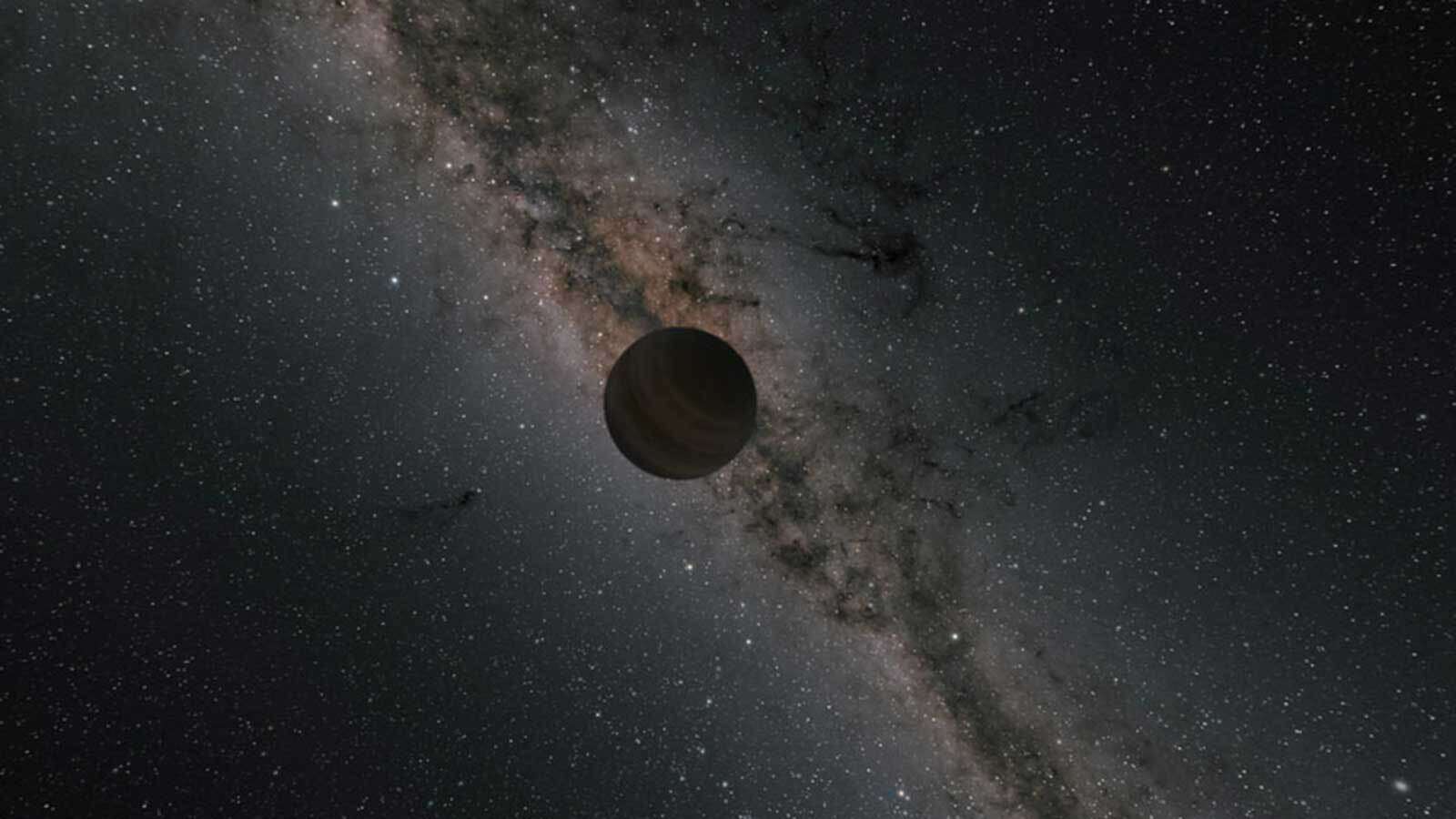Create a free profile to get unlimited access to exclusive videos, sweepstakes, and more!
Rogue planets need no star, but they might have life as we never knew it

Rogue planets are kind of like Han Solo. Instead of taking off in a beat-up starship they won in a game of sabacc, they somehow get kicked out of their star systems, unless they were never captured by one to begin with, and roam freely throughout space.
You’d probably think planets that go solo like Solo would be the last places to find extraterrestrial life-forms (besides Jabba the Hutt if Han owes him anything). Researchers Mansavi Lingam of Florida Tech and Avi Loeb of Harvard, who recently published a study in Advances in Space Research, believe planets gone rogue could be the some of the most likely places in the universe for living things to thrive deep beneath the surface.
Think of Jupiter’s moon Enceladus and Saturn’s moon Europa. These frozen worlds are suspected to be hiding deep oceans, and possibly life, beneath thick crusts of ice.
“Several miles of ice should be more than enough to protect life (assuming it exists) in subsurface oceans beneath the ice from cosmic phenomena such as supernovae, gamma ray bursts, cosmic rays, active galactic nuclei, and so on,” Lingam told SYFY WIRE.
There is just about no way anything crawling around on the surface could handle a voyage through space unprotected. If it isn’t irradiated to death by cosmic rays and the gamma rays they spawn, it could end up scorched by a supernova or gulped down by a black hole. There wouldn’t even be bone dust left. Just think of what safety precautions astronauts have to take on the ISS. If we ever send humans to Mars, there will have to be more measures taken to keep them alive and unharmed from the intense radiation and other hazards of deep space.
There are some bizarre creatures on Earth that could give us an idea of what to expect if there actually is life beneath the ice of rogue planets. Hydrothermal vents at the bottom of the ocean are oases for life, such as tube worms and bacterial mats, that would not be able to survive the inhospitable cold surrounding them. There are other extremophiles that live their entire lives in harsh environments. Ice worms spend most of the year wriggling around in glaciers, tardigrades can freeze or dry up for years, and there are even some microbes that can metabolize rock.
If such forms of life already exist on our planet, could there be a rogue planet nearby that might have hydrothermal vents at the bottom of a nearly unfathomable sea?
“We do not yet know what the closest rogue planet to Earth, but these planets are very faint because they don’t emit much light,” said Lingam. “Based on general observations and our own data, it is plausible that the nearest rogue planet is only about 0.1 light years from Earth.”
Compare that to the nearest star, Proxima Centauri, which is 4.2 light years from Earth. You would have to travel at the speed of light for over four years to get there. That is, at least for now, only possible for the Millennium Falcon. Not that there is much of a chance of finding anything alive over there. Proxima B is one orbiting planet whose habitability has been debated, but it is bombed with so much radiation that maybe even the aforementioned ice worms, which can withstand punishing amounts of UV when they emerge, wouldn’t make it.
Though Lingam specializes in theoretical modeling, he wants to see experiments testing what extremophiles can withstand. Creatures in the most forbidding regions of the oceans can put up with extreme pressure. The opposite extreme is true of black mold, which can survive the perils of space radiation. Anything that can stand poisonously salty environments is also of interest. Even then, there might be some form of life we could never even imagine in the almost cryogenic depths of a rogue planet ocean. Lingam would need a sample return mission to find out for real.
“I am interested in seeing technologies such as faster rockets that use electric propulsion and propellant-free spacecraft such as light sails come to fruition,” he said. “These may enable us to reach such a rogue planet faster.”
It isn’t impossible. The Psyche spacecraft which will be launching to the asteroid of the same name, running on nothing but electricity and xenon. What really needs to be leveled up is the AI that will think for any spacecraft that ventures to a rogue planet. It will have to undertake autonomous maneuvers that will be out of reach for mission control, and then beam whatever it finds back to Earth so it can at least give an idea of what might be over there. The ice itself might be barren. If it spews out plumes like Europa, there might be evidence of life.
NASA’s Roman telescope might be able to spot a rogue planet. In the meantime, maybe someone will figure out how to build a real Millennium Falcon that can travel at and even break the speed of light.


























